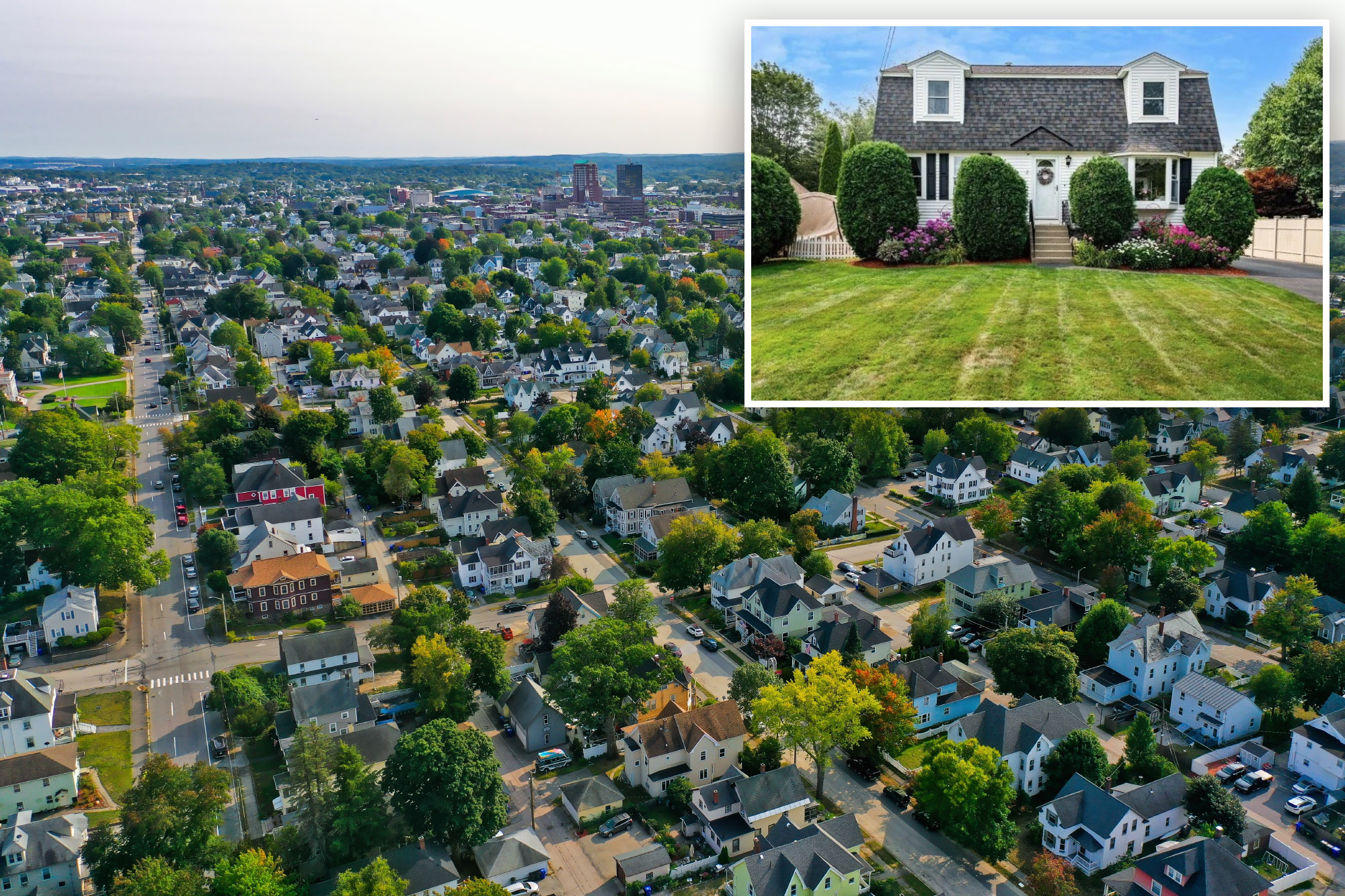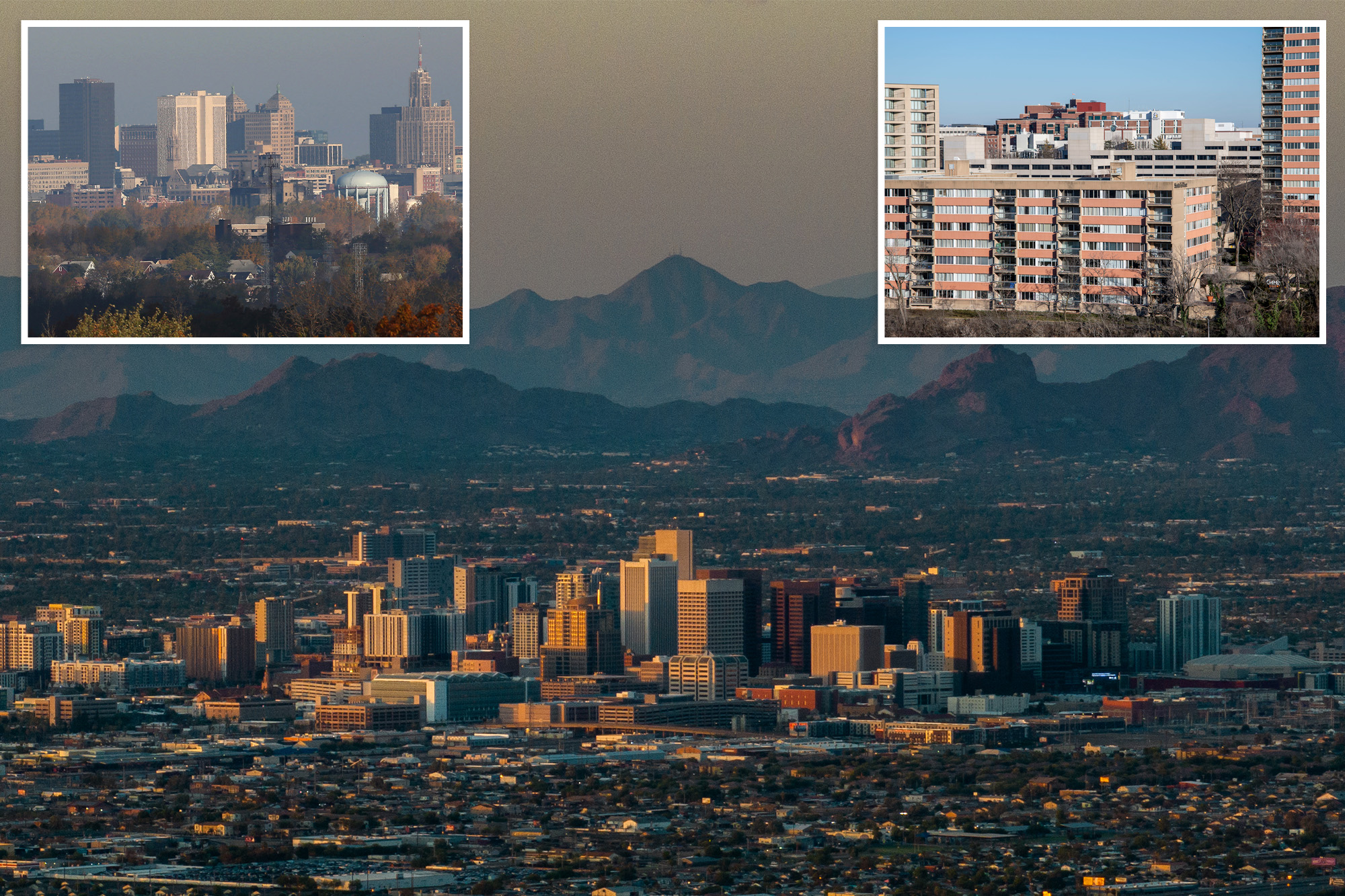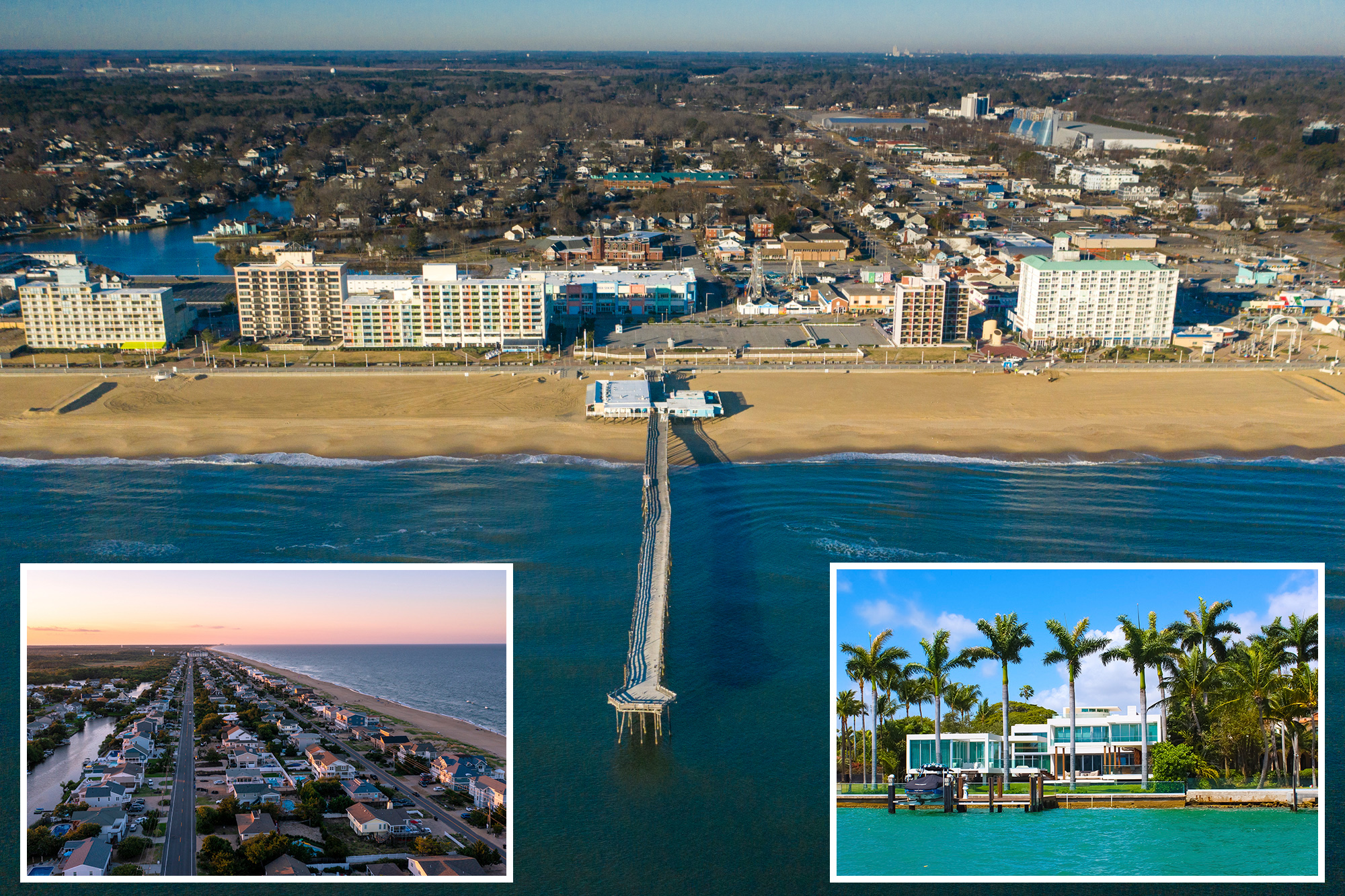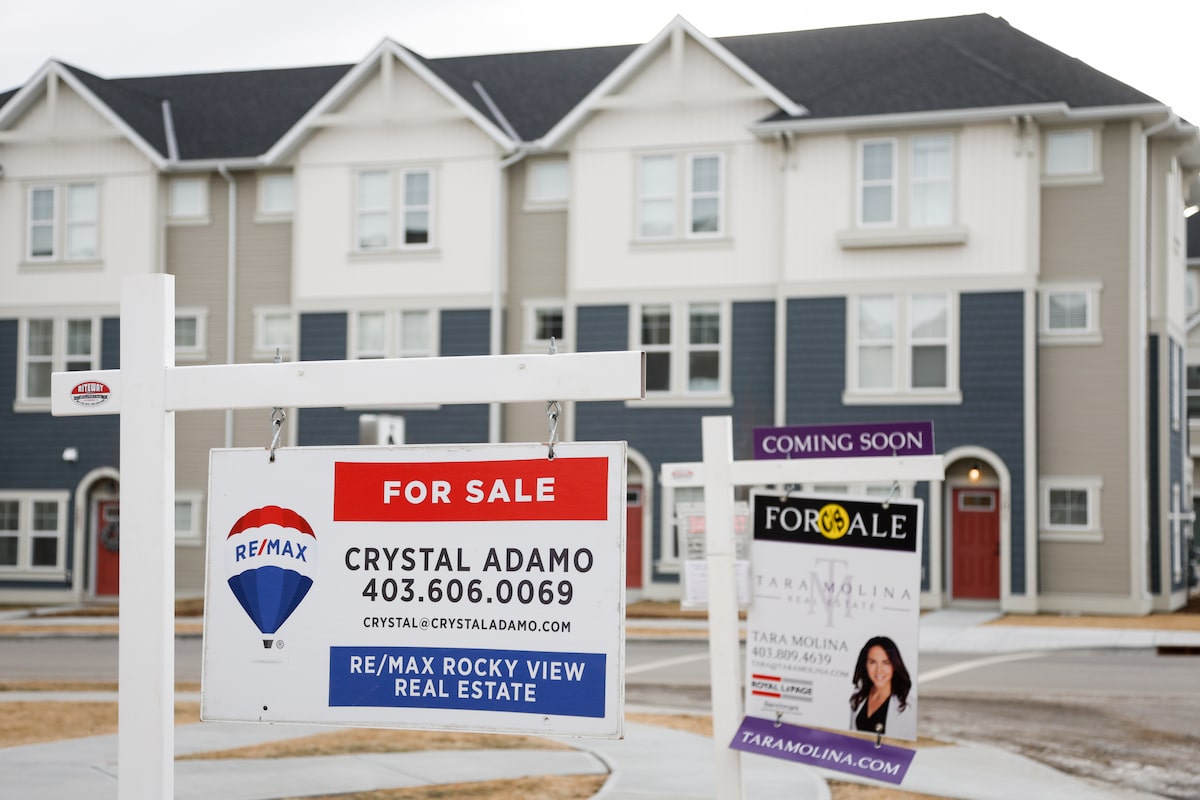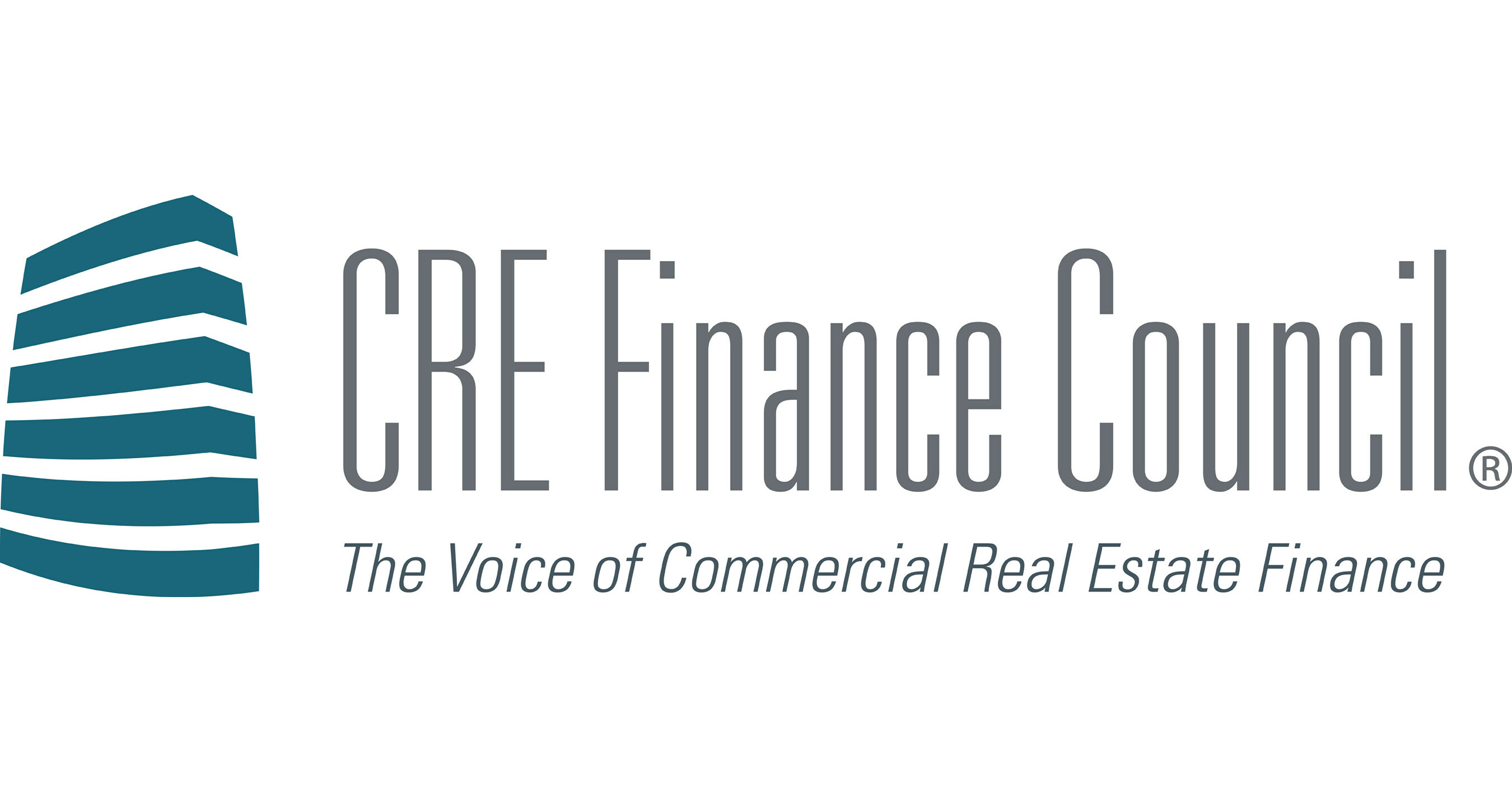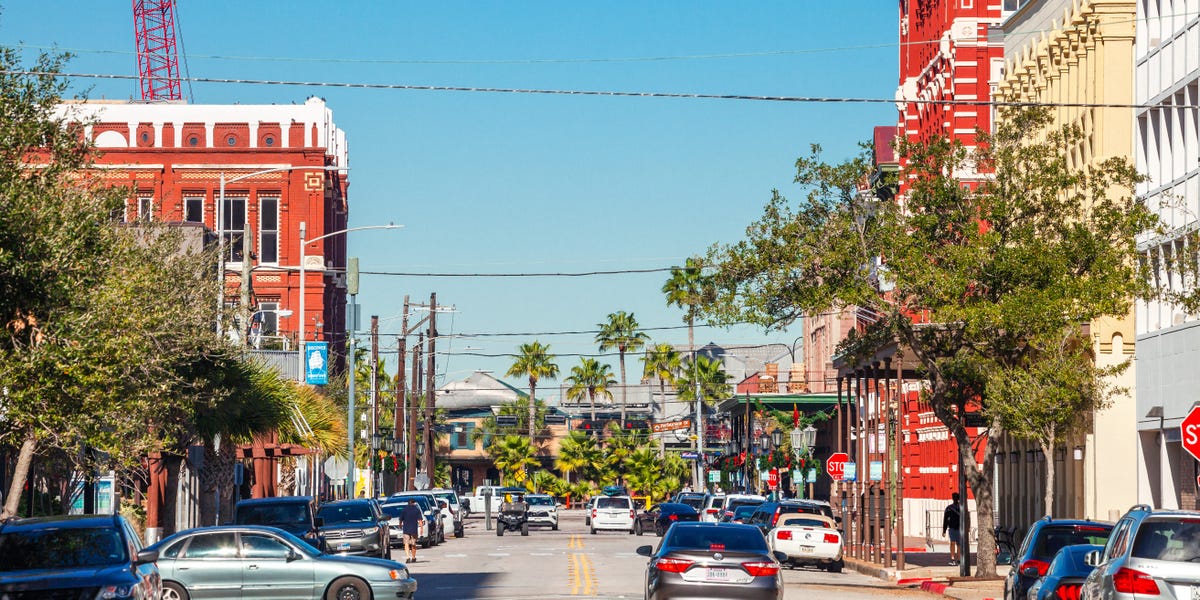M
anchester‑Nashua, New Hampshire, has secured the No. 1 spot in the Fall 2025 Wall Street Journal/Realtor.com® Housing Market Ranking for the second consecutive quarter, making it the nation’s most affordable metro. The ranking, which evaluates the 200 largest U.S. metros, weighs demand, inventory, days on market, price trends, taxes, climate risk, unemployment, wages, price parity, amenities, and overall cost of living.
The city’s appeal stems from strong buyer demand, rapid sales, and notable price growth. Median listing prices fell to $575,000 from $599,000 last quarter—still $150,000 above the national median—but remain far cheaper than Boston’s $812,000 median, offering buyers roughly $237,000 in savings. With a population of 430,000, Manchester sits 55 miles from Boston and enjoys a 3.2 % unemployment rate versus Boston’s 4.8 %.
Realtor.com senior economic research analyst Hannah Jones notes that “Manchester–Nashua balances desirability with relative value.” The region’s advantages include a lower cost of living, lower crime, quality schools, no state sales or income tax, and proximity to Boston’s cultural and economic opportunities. The local economy is diversified across healthcare, technology, manufacturing, and communications, with major employers such as Comcast, Southern New Hampshire University, and Elliot Hospital. The city also boasts a vibrant arts scene—centered around the Currier Museum of Art—and abundant green spaces, from parks to trails.
Lifestyle perks are plentiful: within an hour you can reach Fenway Park, ski or hike in the mountains, or enjoy the seacoast, while the area’s restaurants and arts venues have expanded rapidly. Despite inventory constraints, Manchester remains more affordable than closer Boston suburbs.
Fall market conditions are improving. Mortgage rates have slipped into the mid‑ to low‑6 % range, and inventory is steadily increasing, which has boosted new‑home and pending‑sales activity in August. Analysts expect this trend to continue if rates stay stable. However, buyer sentiment remains cautious due to lingering affordability concerns and broader economic uncertainty, including the recent federal shutdown. September’s jobs data showed a cooling labor market, with only 22,000 jobs added in August and a national unemployment rate of 4.3 %. The Federal Reserve’s recent rate cuts—one‑quarter‑point in September—may help lower borrowing costs, but the impact on affordability is modest.
The housing market is sharply divided: lower‑budget buyers flock to the most affordable metros, while wealthier buyers target high‑priced, competitive markets. In the third quarter, 19 of the top 20 metros were in the Northeast or Midwest; only one Southern metro (Hagerstown, MD) appeared, and none from the West. Seven Northeastern markets—such as Lancaster, PA, and Springfield, MA—made the list, driven by inventory scarcity that keeps demand high. The Midwest’s appeal lies in affordability, low cost of living, and climate resilience, with 12 of the top 20 metros located there, including Rockford, IL; South Bend, IN; and Canton, OH. Median home prices in these Midwestern metros range from $240,000 to $400,000, with only Green Bay, WI, exceeding the national median of $425,000. Living costs in these markets average 8.5 % below the national level, and most have unemployment rates under 5 %, many below the national 4.3 % benchmark.
Strong local job markets bolster purchasing power and provide economic resilience, which is crucial for buyers and sellers navigating an uncertain outlook.
